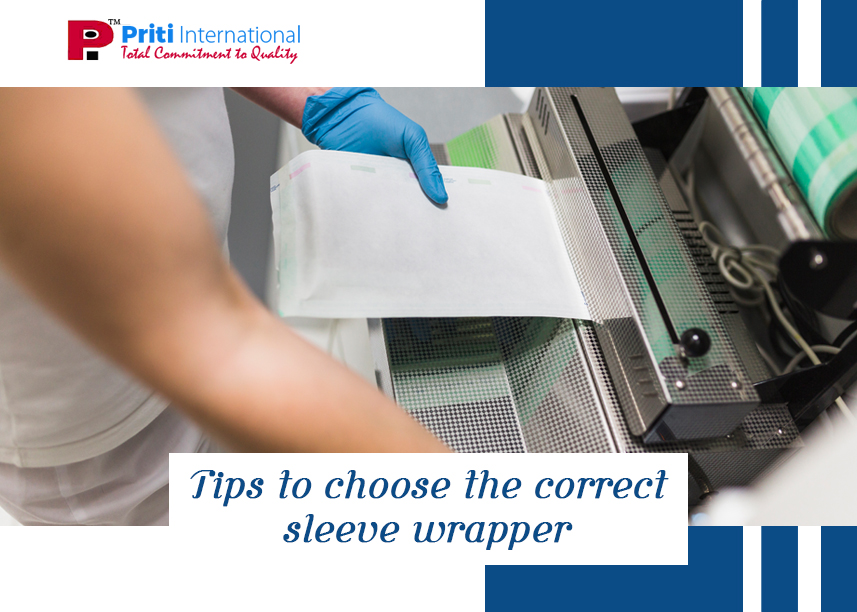Discover the key differences between semi-automatic and fully automatic sleeve wrapper machines. Determine which one is the best fit for your packaging needs.
When it comes to packaging and wrapping products, choosing the right machine can make a big difference in your productivity, efficiency, and ultimately your bottom line. Two of the most common types of wrapping machines are semi-automatic and fully automatic sleeve wrappers. While both types of machines are useful to wrap products with film, they have distinct differences that may make one better suited to your specific packaging needs.
What is a Semi-Automatic Sleeve Wrapper Machine?
As the name suggests, semi-automatic sleeve wrappers require an operator to initiate the wrapping process. The operator must place the pallet onto the machine and apply the film tail to the load to start the cycle. These machines are often a good choice for warehouses with lower output volumes as they are typically less expensive than fully automatic machines and require less operator training. There are also many different types of semi-automatic stretch wrappers to cater to your specific packaging needs.
What is a Fully Automatic Sleeve Wrapper?
Fully automatic sleeve wrappers are popular for higher volume applications and require less operator involvement. These machines can interpret load size and shape, and automatically begin wrapping once the load is in place on the conveyor belt. They are ideal for businesses that require high throughput and consistency in their packaging process.
The Differences Between Semi-Automatic & Fully Automatic Sleeve Wrappers:
The primary difference between semi-automatic and fully sleeve wrapper is the level of operator involvement required. Semi-automatic machines require the operator to initiate the wrapping process, while fully automatic machines run with minimal operator involvement. Fully automatic machines are also more expensive than semi-automatic machines and require more maintenance. However, fully automatic machines are better options for businesses with higher output volumes and require less operator training.
When deciding between a semi-automatic or fully automatic sleeve wrapper, there are several factors to consider. hese include:
- Production volume: If you have a high production volume, a fully automatic sleeve wrapper may be the best choice for your business.
- Labor costs: If you have a low labor cost, a semi-automatic sleeve wrapper may be a more cost-effective option.
- Product size and shape: Fully automatic machines are better for packaging irregularly shaped or oversized products.
- Maintenance and service: Fully automatic machines require more maintenance and service than semi-automatic machines. Consider whether your business has the resources to handle this added maintenance.
Final words
Priti International’s high-quality semi and fully automatic sleeve wrapper service for packaging products has become popular. We provide both semi-automatic and fully automatic options with features like auto collation and logic controller sequencing. With their turnkey project consultancy, we help increase packaging efficiency and reduce costs for their clients.Â

